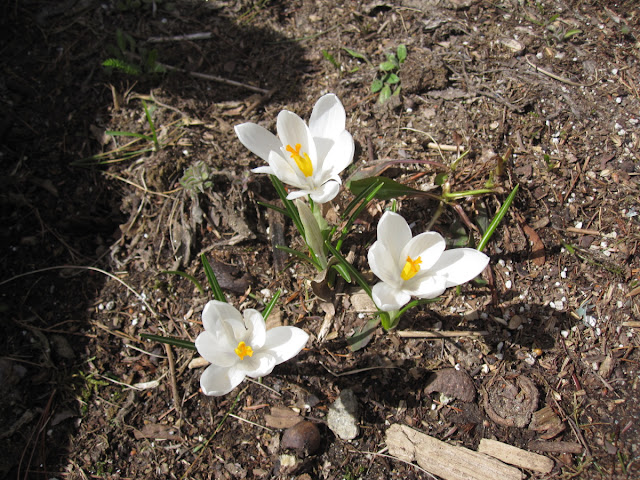This week we took a diversion from spring in New Hampshire down to the Low Country of South Carolina and enjoyed experiencing some very different birds, the most peculiar of which has to be the brown pelican.
 |
| Brown Pelican (Pelecanus Occidentalis) |
We often watch formations of pelicans gliding over the water as they search for fish where they appear to be such graceful birds.
But up close they are really quite ungainly.
One observer aptly describes the pelican as "comically elegant". Of course their most dramatic feature is their huge bill with attached pouch. One evening at low tide I watched a pelican catch a rather large fish which might have been a skate - it was certainly something with wide, thin appendages that hung out both sides of the bird's bill.
 |
| I really had to study this scene to figureout what I was looking at. The thin point is the top of the beak, with the fish below it, spilling out of the pouch. |
The pelican managed to toss it around enough to capture the fish mostly within its bill.
 |
| What's the reason for the strange wing position? |
While it was tangling with it, other pelicans crowded in close hoping for a chance to steal the fish with any false move.
 |
| A competitor rushes in, hoping for a steal. |
After it got things organized I almost wondered if it was going to split its pouch open.
But the bird managed to point its beak to the sky and somehow slide that sea monster down its throat.
Pelicans most often catch fish by plunge diving where they let their bodies fall from high above the water, crashing down with an impact great enough to stun the fish which they scoop up with their bill. Pelicans are the only birds that use this technique. They are truly a uniquely evolved creature of earth.
I saw and heard many other birds including some we'll see shortly up in New Hampshire as they follow the insect migration north.
 |
| Laughing Gulls will soon come to New Hampshire and Maine coasts to breed. |
 |
| House Finches range from South Carolina to northern New Hampshire throughout the year. |
 |
| Great Crested Flycatchers will be in New Hampshire soon. |
 |
| We might see a Snowy Egret blown inland by a storm along the Laverak Trail in Meredith. This one was fishing in Shem Creek at low tide. |
One last bird we got an excellent look at is a great egret.
This particular bird has become accustomed to humans and hangs out along the Shem Creek pier with the fishermen, begging for handouts of extra bait. It's not very healthy for it but it's fun to be able to see one so close.
The South Carolina coast was a great place to spend Earth Day 2022.






































